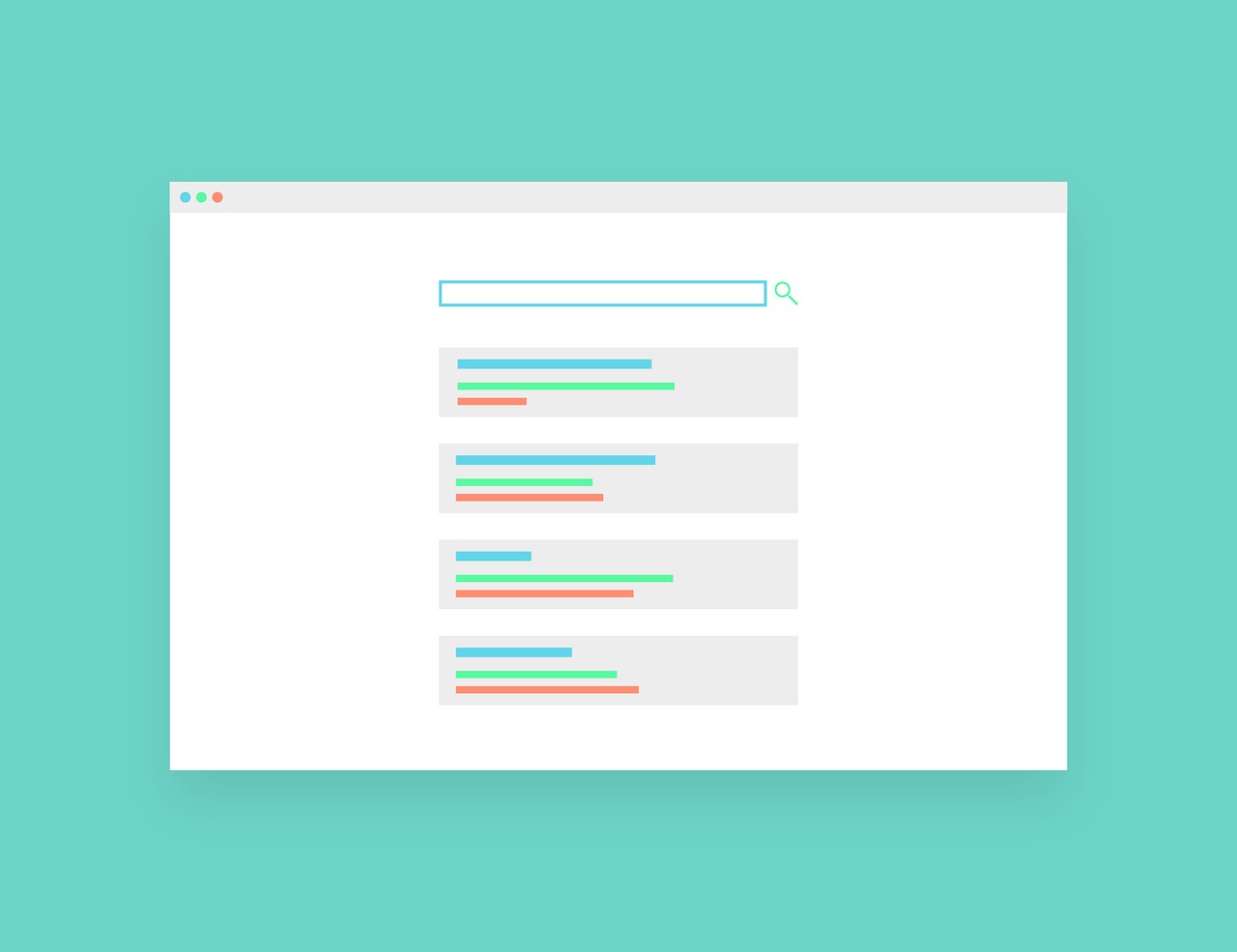Did you know that a surprisingly high percentage of website visitors do not make a purchase the first time they visit? You may have created an excellent website, offer high-quality products, have a design that practically invites customers to buy, and have strong SEO and paid advertising – yet something still doesn’t quite click.
You must understand that consumer trust toward brands builds over time – it is simply human psychology that people do not buy instantly when encountering a brand for the first time.

This is why the fact mentioned in the opening sentence should not discourage you – instead, you should think about which tools you can use to improve conversions.
The answer, believe it or not, lies in the Google remarketing technique, also known as retargeting.

Continue reading to discover why this method is so important in the digital world.
First of all, what is Google remarketing?
Simply put, Google remarketing (retargeting) is a method that allows you to follow potential customers online and serve them ads while they browse the internet.

Every visitor to your site receives a small piece of remarketing code, which allows you to target them later while they are surfing the web.
Google retargeting works on the principle that customers are more likely to buy because they have already been introduced to your brand. Serve them relevant ads and make offers – the rest is up to them to give you another chance!

How retargeting works – believe us, it’s not hard!
As mentioned earlier, Google remarketing works by assigning a small piece of code – better known as a tag – to a visitor, and tracking their online movements via cookies (those pop-ups where we all click “accept all” when entering a site).
Remarketing allows you to segment the group of consumers who visited your landing page for a specific product.

This is particularly important for those trying to develop an e-commerce business.
Once you identify this group, you can create a targeted ad campaign aimed at that demographic segment with specific characteristics.
Now that you know these consumers were searching for a particular product, you can entice them with offers such as free shipping, special discounts, and similar incentives.
Remarketing is here to remind past visitors that you are still around and ready to serve them!
What are the benefits of retargeting?
By now you have likely understood the logic behind Google remarketing and may already be thinking of ways to apply it to your own business. You may also have realized that accepting those cookie notifications might not be so random after all.
Here are a few benefits of remarketing we consider most significant:
- Remarketing is cost-effective – compared to traditional advertising, Google remarketing is a much more affordable way to reach the same audience.
- Results are achieved faster – Google remarketing ads target specific groups and individuals more precisely, producing much more efficient results. Reliable data shows that people are up to 10 times more likely to click on a retargeting ad.
- Much wider audience reach – unlike a social network such as Facebook (with about 27% of the world’s population), Google Display Network includes over 2 million websites in more than 180 countries, reaching over 80% of internet users globally.
- The Google Analytics tool works in your favor – combined with remarketing, this tool makes the method far more effective. It allows you to track the performance of each remarketing ad, enabling better allocation of your budget.
These are just some of the advantages of remarketing – there are many more for digital marketing specialists to explore.
Retargeting trends in 2022
During the COVID-19 pandemic, the e-commerce sector demonstrated an even stronger presence in the digital space. Sellers realized the importance of online sales, and the market has become increasingly saturated.
Consequently, new trends have emerged based on changing consumer profiles (such as Generation Z) and a greater focus on user experience.
Here is what we observed for 2022 and what can be expected going forward.
Focus on user experience
The pandemic made online shopping increasingly common, leading to fewer consumers visiting physical stores.
Therefore, it is essential to keep customers on your website for as long as possible, and the best way to achieve this is through high-quality user experience strategies.
One way to re-engage visitors and convert them into buyers is to ensure your site is intuitive and easy to navigate.
Professional digital marketing agencies can offer services in website optimization and interface design to help present your brand in the best possible way to your visitors.
Growing need for precise audience segmentation
Due to fierce global competition, precise audience segmentation has become more important than ever before.
You must gather as much information as possible about your audience. Use popular tools to track consumer behavior while they browse the internet.
Serve them the right ad at the right time in the right place!
The dominance of Generation Z has arrived
It appears that 2022 marked the peak of Generation Z’s influence, and marketers have worked harder than ever to understand their needs.
Generation Z presents a significant challenge in targeting due to their digital literacy. They have grown up surrounded by smartphones, computers, and the products of rapid technological evolution.
While they are difficult to win over, research suggests they can be very loyal customers. An added advantage is that they are highly responsive to short-form content.
Generation Z gravitates toward short video formats that deliver quick information in just a few clicks. It’s no wonder they are avid fans of platforms that specialize in bite-sized media.
Invest more time in retargeting this demographic – although it’s not easy, we believe it will pay off.
If you find this information useful and engaging, consider how you can implement Google remarketing strategies to enhance your brand’s reach and customer loyalty.






0 Comments